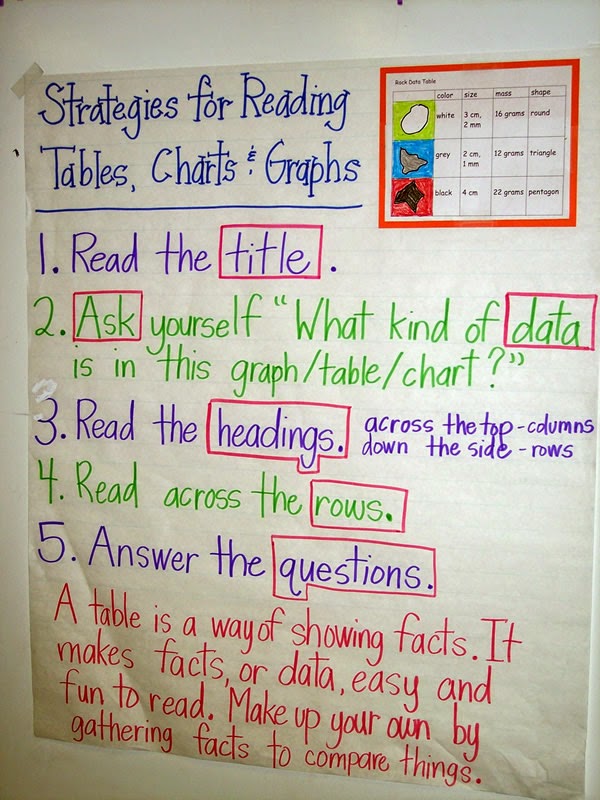Minilesson Resources
What is nonfiction? : Video from Brain-Pop (found on YouTube) to introduce nonfiction, the parts of a nonfiction book (table of contents, glossary, index, captions, bold type, labels), how to read a nonfiction book, the idea of taking notes while reading.
Nonfiction Text Features: A collection of activities and anchor charts from Curriculum Corner
Using Scholastic New to Teach Nonfiction Text Features: from Lessons with Laughter, a second grade activity using Scholastic New magazines to explore text features
Learning About Nonfiction Text Features: Second Grade lesson
Determining Importance : lessons on distinguishing fiction from nonfiction, and determining importance of information. From busyteacherscafe.com.
Nonfiction Text Features: A collection of activities and anchor charts from Curriculum Corner
Using Scholastic New to Teach Nonfiction Text Features: from Lessons with Laughter, a second grade activity using Scholastic New magazines to explore text features
Learning About Nonfiction Text Features: Second Grade lesson
Determining Importance : lessons on distinguishing fiction from nonfiction, and determining importance of information. From busyteacherscafe.com.
Anchor Charts
from a yearofmanyfirsts.blogspot.com
from shioshapefirstgrade.blogspot.com
from teachingwithamountainview.com
from youngteacherlove.blogspot.com
from www.readinglady.com
Grade Level Expectations
(from Continuum of Literacy Learning, Fountas and Pinnell, 2012)
PreK
- read left to write
- match one spoken word with one printed word
- search for more information in print and pictures
- point to match words with oral language
- reread to search for information
- use language structure and meaning to learn about print
Kindergarten
- notice details in pictures or photographs to understand text
- understand which character is being represented in dialogue and pronouns
- reread to search for information
- notice, search for, remember, and discuss information that is important to understanding
- use text meaning and language structure to to solve new words
First Grade
- use multiple sources together to solve new vocabulary words
- notice and use graphics (labels, captions, simple diagrams)
- use chapter headings and titles to foreshadow content
- use readers’ tools (table of contents, headings, glossary) to find information
- process long sentences (ten or more words) with many embedded phrases
- process text with a variety of dialogue
- understand how to use pictures and symbols
Second Grade
- notice and use graphics (labels, captions, simple diagrams)
- use readers’ tools (table of contents, headings, glossary) to find information
- process long sentences (fifteen or more words) with many embedded clauses (prepositional phrases, introductory clauses, series of nouns, verbs, or adverbs)
- process a wide range of dialogue, some unassigned
- respond to plot tension or suspense by reading on to seek resolutions to problems
- follow a sequence of actions from graphics
- understand how to use pictures and symbols
Third Grade
- search for and use graphics (labels, captions, simple diagrams, maps, charts)
- use readers’ tools (table of contents, headings and subheadings, glossary, index, references, call-outs) to find information
- process long sentences (fifteen or more words) with embedded clauses (parenthetical material, prepositional phrases, introductory clauses, series or nouns, verbs, adverbs)
- process a wide range of dialogue, some unassigned
- form implicit questions and search for answers while reading
- respond to plot tension or suspense by reading on to seek resolutions to problems
- sustain attention to a text read over several days, remembering details to revise interpretations as new events are encountered
Fourth Grade
- search for and use graphics (labels, captions, simple diagrams, maps, charts)
- use readers’ tools (table of contents, headings and subheadings, glossary, index, references, call-outs) to find information
- process long sentences (fifteen or more words) with embedded clauses (parenthetical material, prepositional phrases, introductory clauses, series or nouns, verbs, adverbs) that carry over several lines or pages
- process a wide range of dialogue, some unassigned
- form implicit questions and search for answers while reading
- respond to plot tension or suspense by reading on to seek resolutions to problems
- sustain attention to a text read over several days, remembering details to revise interpretations as new events are encountered
- process texts with a variety of complex layouts and with some pages of dense print
- remember the details of complex plots with many episodes
- process long stretches of descriptive language and remember pertinent information
- notice details in illustrations that convey action or provide insight into characters’ feelings or motives in graphic texts






No comments:
Post a Comment
Please share additional ideas and resources for this topic: